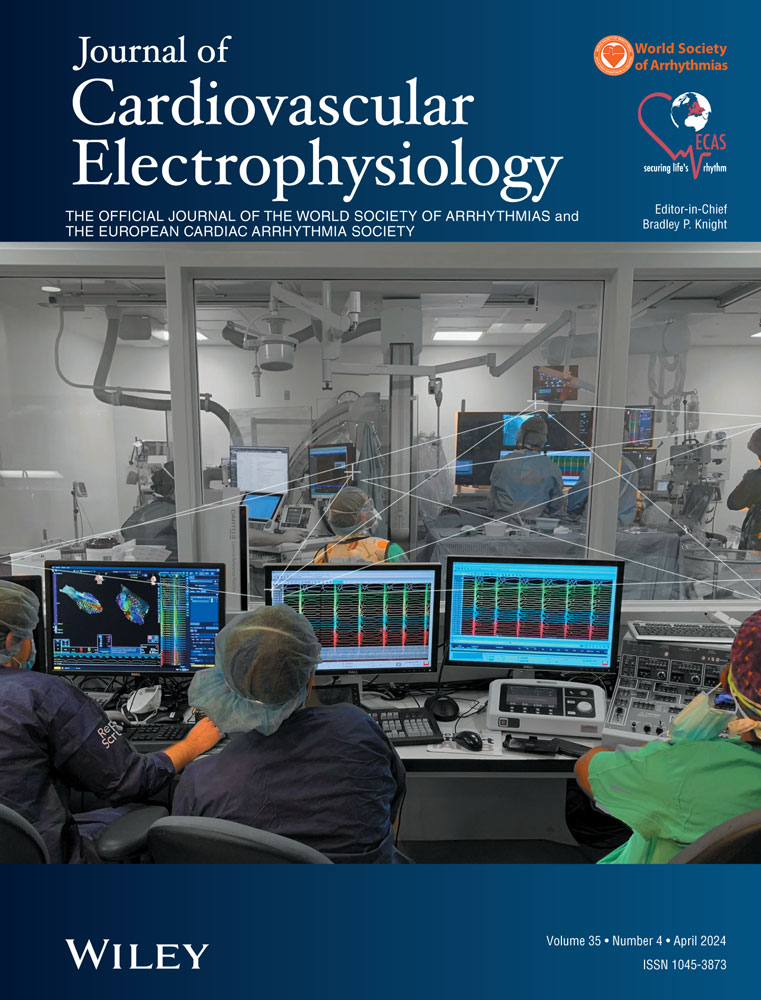Cardiac implantable electronic devices in female patients: Esthetic, breast implant, and anatomic considerations
Disclosures: None.
Abstract
Introduction
The implantation of a cardiac implantable electronic device (CIED) can have esthetic and psychological consequences on patients. We explore a heart team model for care coordination and discuss esthetic approaches for improved cosmetic outcomes in patients undergoing (CIED)-related procedures or de novo implantation.
Methods
Patients undergoing CIED surgery for approved indications between June 2015 and June 2022 were identified. Patients were included when surgical care was provided by a collaborative relationship between the primary electrophysiologist and the plastic surgeon. Patient demographics, details of the surgical procedure, information on breast implants, complications, and outcomes related to cosmesis were recorded.
Results
Twenty-two female patients were included in this study. The mean age was 50.2 ± 18.2 years. The mean follow-up duration was 2.2 ± 5.5 months. The top two indications for the procedure included CIED generator change (n = 9, 41%) and implantable cardioverter-defibrillator (ICD) implantation (n = 7, 32%). The most common reasons for involving plastic surgery in the procedure included surgery near breast implants (n = 10, 45%) and device displacement or discomfort (n = 8, 36%). CIED pocket position was prepectoral in 10 cases (45%), subpectoral in 11 patients (50%), and intramuscular in one patient (4.5%). The majority of the patients (20, 91%) had cosmetically acceptable results postprocedure. One patient (4.5%) had breast asymmetry on the CIED side, and another continued to have skin erosion over the CIED and leads.
Conclusion
A heart team approach incorporating the expertize of cardiac electrophysiology and plastic surgery is essential for providing optimal care for patients with breast implants and patients requesting esthetic appeal.




